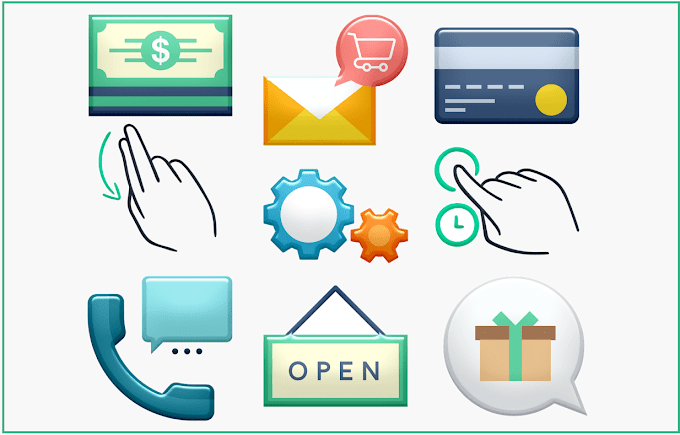
If there is one area 3D printing technology is rapidly revolutionizing it’s the manufacturing industry. 3D printing can be used for many different useful things.
It has the capacity to upend many manufacturing challenges, but most importantly, it has the potential to create everyday consumer products in a unique way. It’s not surprising that manufacturers all over the world are taking a serious liking to 3D printers.
While other industries may be taking their time to adopt this technology, more manufacturers are aligning it with their production processes because it reduces the cost of production and makes prototyping fast and easy.
What is 3D Printing
3D printing is a process that uses digital files which are then loaded into a 3D printer to create three-dimensional objects.
The process which was invented around 1987 can form three-dimensional objects by melting certain materials and slicing them layer by layer as directed by the nozzle head. This could last from anywhere between 4 and 18 hours and ends when the object has been completely formed. Then a quick post-processing finishing follows immediately.
Some of the materials that can be employed in 3D printing include thermoplastics, resins, ceramics, and metals.
Industries That Use 3D Printing
Even though the specific application might differ, 3D printing is currently being used by several industries to manufacture. They include:
● Aerospace and Defense (A&D)
A&D began using 3D printing for the first time in 1989 and is considered the first adopters of this technology. Today, the industry represents a $10.4 billion side of the entire 3D printing business.
In this industry, 3D printers are used for rapid prototyping and the manufacturing of several parts that can withstand chemicals and extreme temperatures.
These parts produced are also lightweights, precise and easy to diagnose whenever there are faults.
● Medical and Dental (M&D)
3D application in the M&D industry is also steadily increasing with about 97% of medical professionals positive that it’ll continue to make major impacts in this area.
This is largely due to the fact the technology is useful for producing enhanced medical devices as well as patient-specific solutions in the most cost-effective way possible.
Some of these products include dental clear aligners and customized prosthetics which can be easily made with low-cost rapid prototyping.
● Automotive
3D printing and additive manufacturing have been a huge part of the automotive industry for a while now generating revenue of $1.4 billion so far.
It is largely used for rapid prototyping even though more use cases have been emerging in recent times.
Major automobile companies such as Porsche, Ford, and BMW now use 3D printing for producing car parts such as custom seats, injection molds, jigs, and even spare and replacement parts.
The advantages of using 3D printing here include better chances of customization, flexible designs, and faster product development.
● Consumer Goods
Consumer-oriented industries are also adapting to this evolving technology because of its capacity to boost the type of production required to meet today's demands.
Products such as electronics, sportswear, jewelry, and toys are increasingly being manufactured using 3D printing.
Some of the benefits this technology confers on the industry include quicker product development, better product testing and marketing as well as increased customization.
Conclusion
Since its inception, 3D printing has demonstrated no boundaries and limits to its application.
And, even though certain things are still being studied and developed, more manufacturers are swaying towards the technology because of the exciting opportunities it offers as well as the interesting innovations it promises.




![Performance Marketing - What Is it & How It Works [+ 6 Tools You Can Use]](https://blogger.googleusercontent.com/img/b/R29vZ2xl/AVvXsEj0akcIPU36HHfqWoYrb2LCMNG8OvxPb9drUYKWJZvSXmfbJG0OrjN5jfzTFDmT-9MKcuZt-G-66PiLlIVjgX1DwCNzHeIMW0pjW7W3IB2rZYzx4ISbL2T6JC4M38eubqHxQ3e71l2_n7oxh2f2QdV3d1prJ6z9HQNsSyfjtO18diLxEZg-5wD-I6RINFY/w680/performance_marketing-min.png)





0 Comments